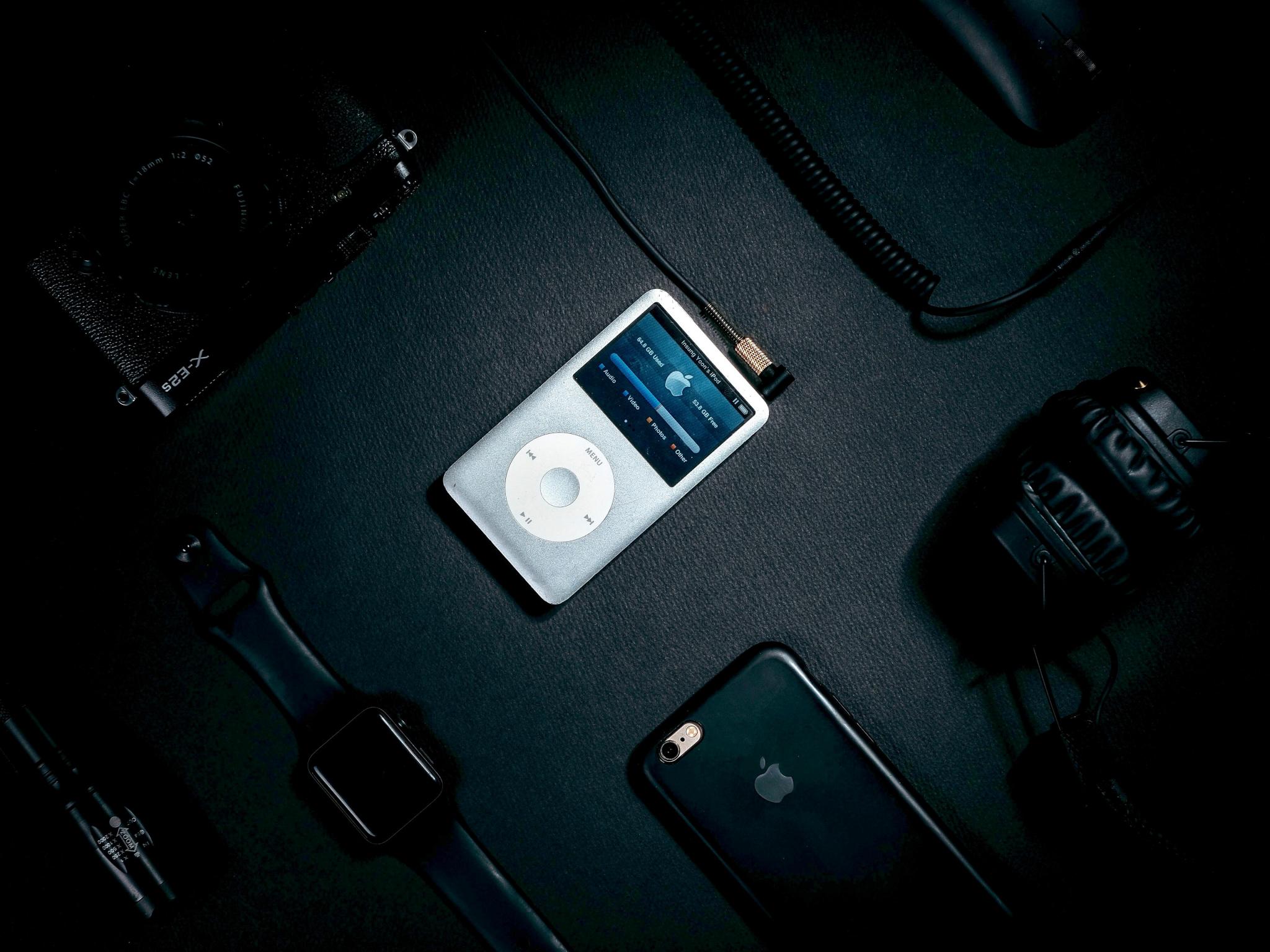
Apple, Inc.'s (NASDAQ:AAPL) iPod, a revolutionary product among portable music players, reportedly served as an inspiration for one of the earliest prototypes of the company's flagship iPhone.
This interesting information was shared by former Apple executive and the creator of Nest Labs Tony Fadell, according to TechCrunch. Fadell is often credited as the father of the iPod and a co-creator of the iPhone.
Outside Inspiration: When Apple's collaboration with Motorola to launch Rokr E1, the first phone to run iTunes, did not yield the desired results, Cupertino began to seriously brainstorm on an indigenously-designed smartphone.
The company wanted to take home all the learnings and design from its hugely-successfully iPod and replicate its success, Fadell reportedly said. At that time, a third-party manufacturer sent the company a prototype, calling it an iPod-Phone, he added.
A walk down memory lane just in time for #BUILD release last week!
— Tony Fadell (@tfadell) May 9, 2022
Who knew cleaning out your garage could be so much fun...
Thank you @bheater @TechCrunch
P.S. Remember to always ask why?!#Buildbook #BUILDtreasurechest
Out now! Get your copy https://t.co/NKMxGj72RG 👏 https://t.co/JE1XJV98Jf
The top and the bottom of the prototype reportedly had a swivel that can bring in the number pad or click wheel found in the iPod or camera.
"It was really cool that people were thinking about it. It wasn't half bad! It doesn't work for a lot of reasons, but it's not bad thinking," Fadell said.
Related Link: Apple Said To Be Planning Instacart-Like Service And This Would Be The X Factor
How Apple Took The Idea And Ran: Apple did start at that point, taking the headset with a microphone on it. The click wheel was supposed to be used for selecting numbers and names or for dialing. Inputting of text, however, could not be done.
Fadell also revealed that Steve Jobs was all in for combining the concepts of the iPod and the phone. Jobs reportedly pushed the team to make the iPod Plus iPhone. Fadell and his team worked for weeks together for inputting text with the click wheel but eventually found that it isn't going to work.
At least it helped conceptually, he said. With the iPod, there was a screen and wheel, and from there, the team worked toward making the wheel virtual on the screen and have a single-touch display. The multi-touch screen was proposed by another team member, Fadell said.
"We had to go and cram that all down and combine the cell phone functionality from the "iPod Plus Phone" and the screen capability and the virtual interface together," he added.







